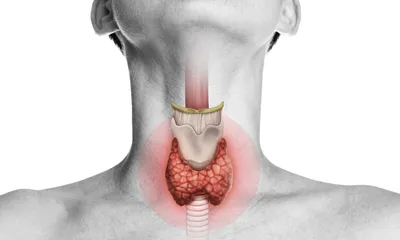Eye Allergies
-
Description
-
Signs & Symptoms
-
Anatomy
-
Cause
-
Diagnosis
What are Eye Allergies?
An allergic reaction in the eyes occurs when the mast cells of the eyeball releases histamines to disable an allergen that has entered the eye. Eye allergies are also referred to as allergic conjunctivitis, and there are many common allergens that can promote an eye allergic reaction if the person is exposed to them. The onset of an allergic reaction in the eyes can occur very rapidly and suddenly as compared to when the allergen is inhaled through the mouth or nose, or entering the body by other means.
Immune system response and the production of histamines occurs more robustly for younger people, and so allergic conjunctivitis tends to be worse for youth when it’s seasonal allergies and they have a severe pollen allergy.
What Causes Eye Allergies?
The allergens that promote an eye allergic reaction most often are pollen, pet dander, dust, and smoke. The reaction that occurs when they enter the eyes is a misunderstanding on the part of the immune system, as while these substances are not actually harmful the immune system mistakes them to be a source of potential harm to the body. In response to that it commands the mast cells in the eyes to produce histamines, and the allergic reaction in the eye is then underway.
Perfumes, cosmetics, or drugs may also be behind what causes eye allergies. In rare instances it may also be that the person is allergic to the ingredients of eye drop medication used to treat eye conditions, and food allergies and insect bites can also cause an allergic reaction in the eye.
Eye Allergy Symptoms
Allergic conjunctivitis usually results in the same types of eye allergy symptoms, and most people who have an allergic reaction in their eyes will experience some or all of the following:
Eye redness
Watering eyes
Eye itchiness
Eyeball swelling
Blurred vision
Sensitivity to light
Eye allergies may also promote nasal symptoms too, and with allergic conjunctivitis it is not uncommon for a person to have nasal itching, sneezing, or a sore throat.
Eye Allergies Treatment
The most conventional approach to eye allergies treatment is to take antihistamine medications like Zaditor (Ketotifen) or Pataday (Olopatadine) that will block the production of histamines by the mast cells in the eyes. For people with milder eye allergies, they may get sufficient itchy eye relief from Acular Eyedrops (Ketorolac).
Avoiding exposure to allergens may also be advised as part of eye allergy treatment, and while environmental allergens like pollen in springtime may be hard to avoid it is often more possible with other ones like pet dander, mold, and smoke. It is also important to be aware that rubbing itchy eyes caused by allergies may provide temporary relief but will actually worsen the itchiness. Eye mast cells will increase histamine production because of this action.
Signs & Symptoms
- Itchy eyes
- Redness
- Tearing
- Burning sensation
- Swollen eyelids
- Sensitivity to light
- Blurred vision
- Discharge
Anatomy
- Conjunctiva
- Cornea
- Eyelids
- Sclera
- Lacrimal glands
- Blood vessels in the eyes
Cause
- Pollen
- Dust mites
- Pet dander
- Mold
- Smoke
- Perfumes
- Cosmetics
- Contact lenses
- Medications
Diagnosis
- Physical examination
- Medical history review
- Allergy skin testing
- Blood tests (IgE test)
- Conjunctival smear test
- Tear film analysis
- Patch testing



